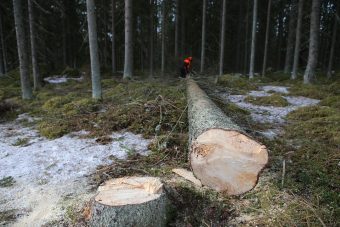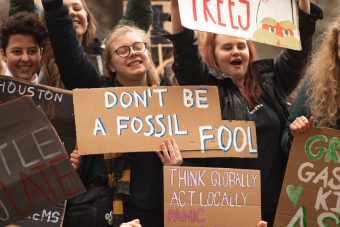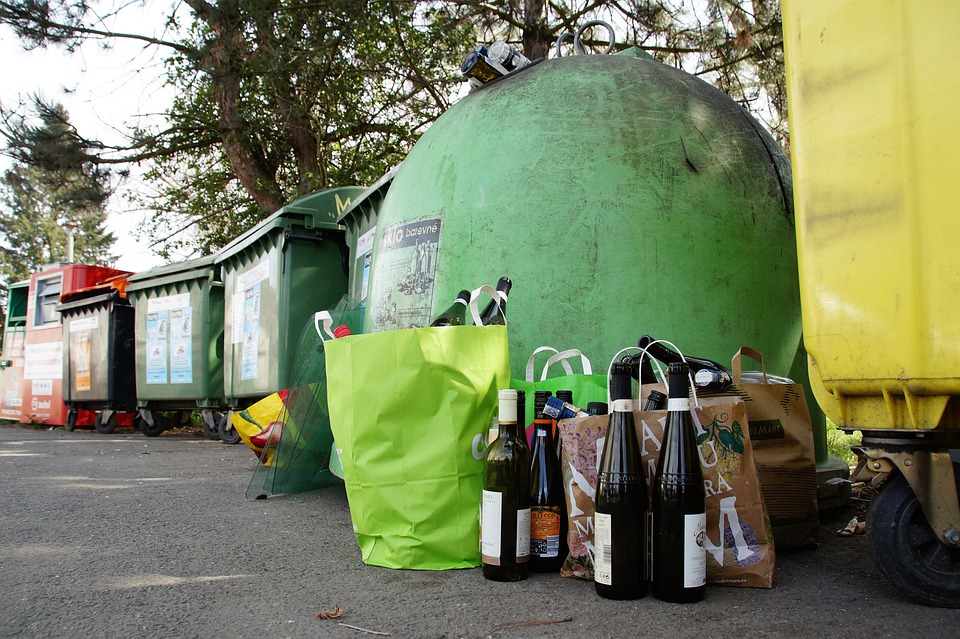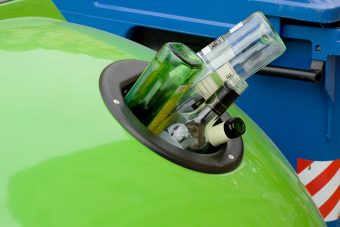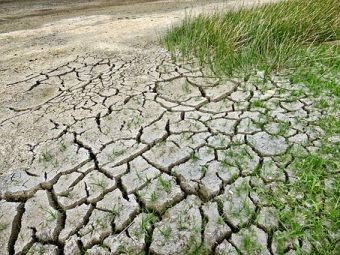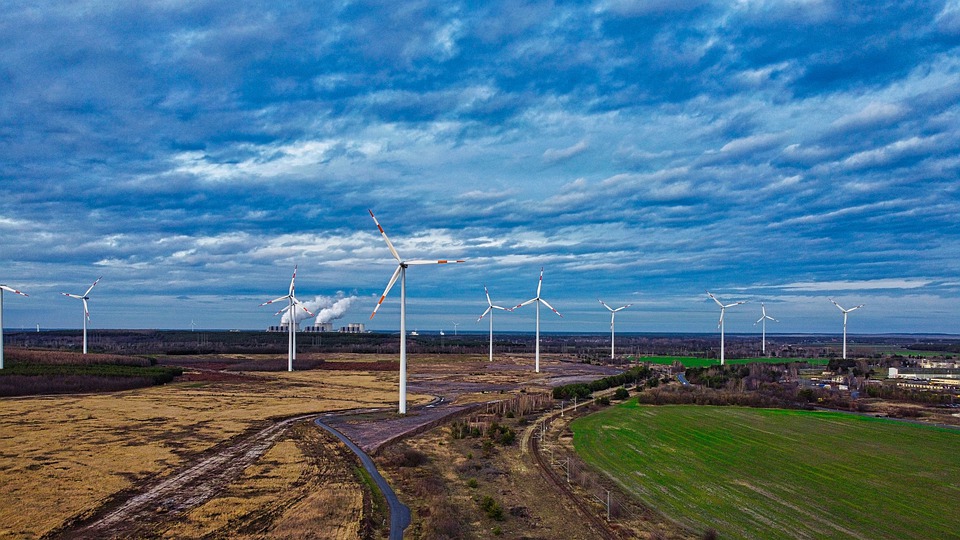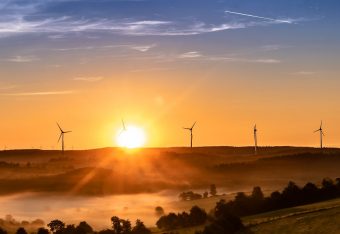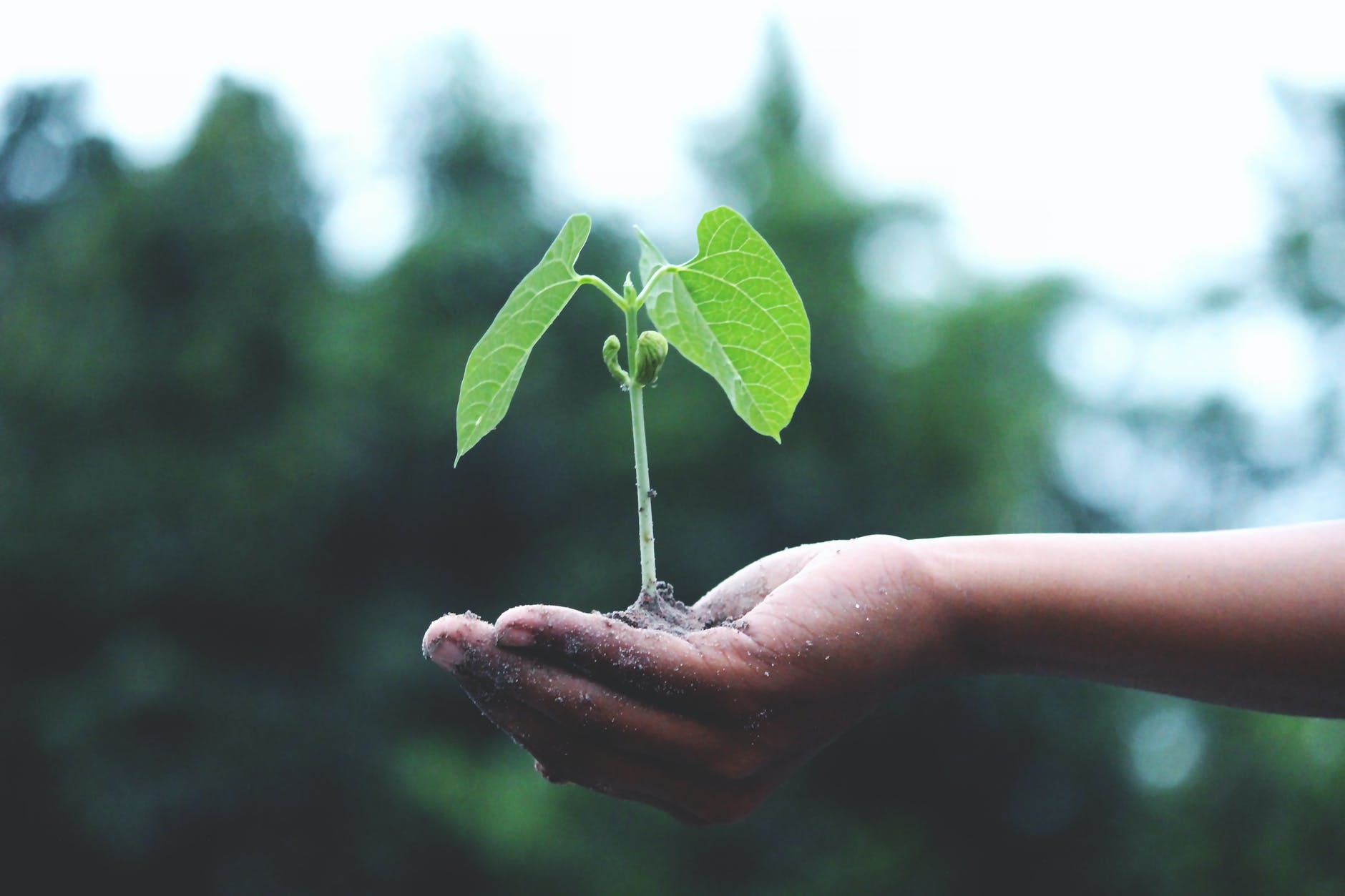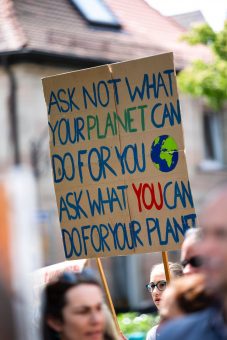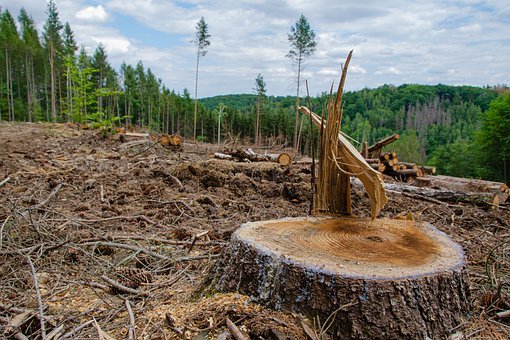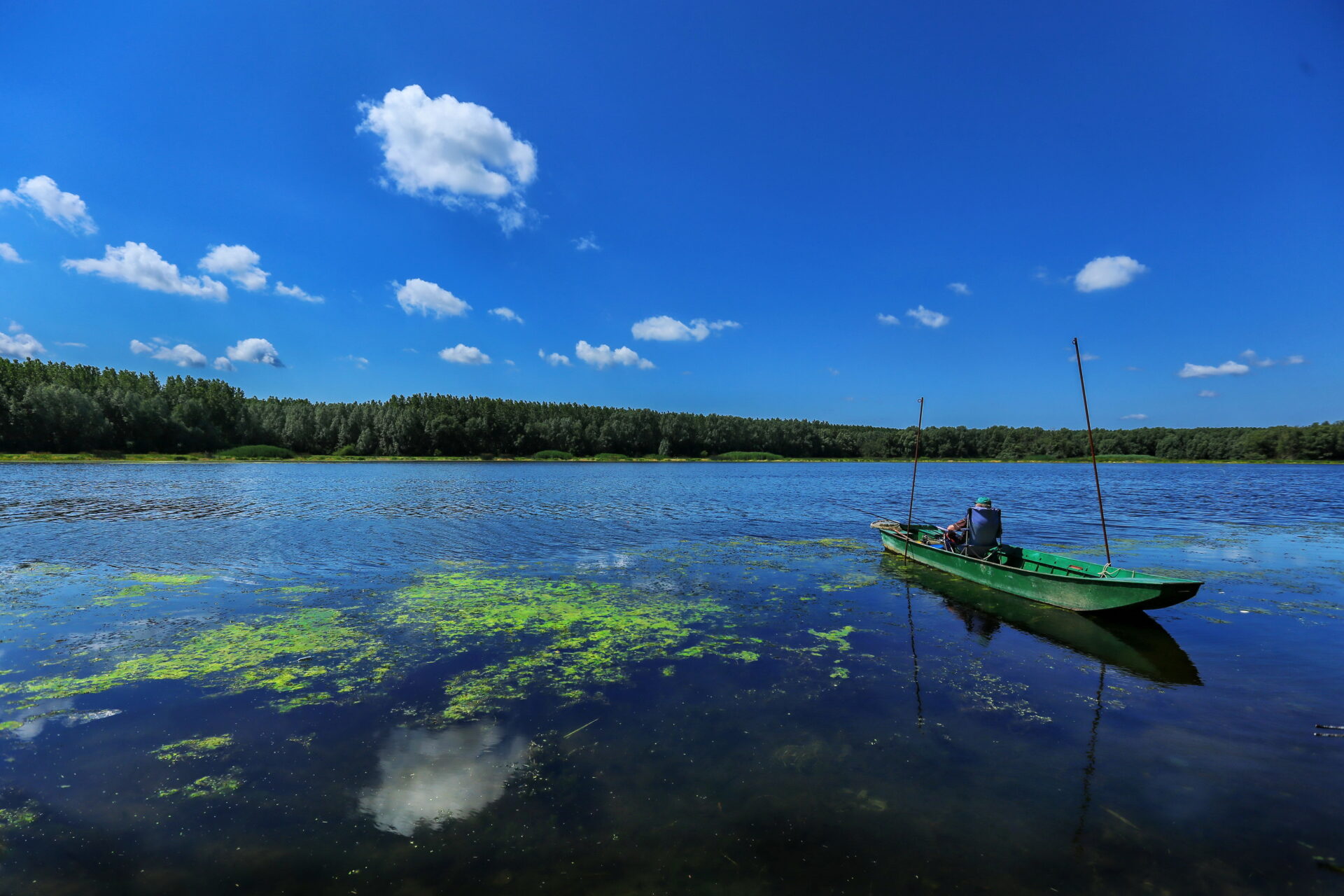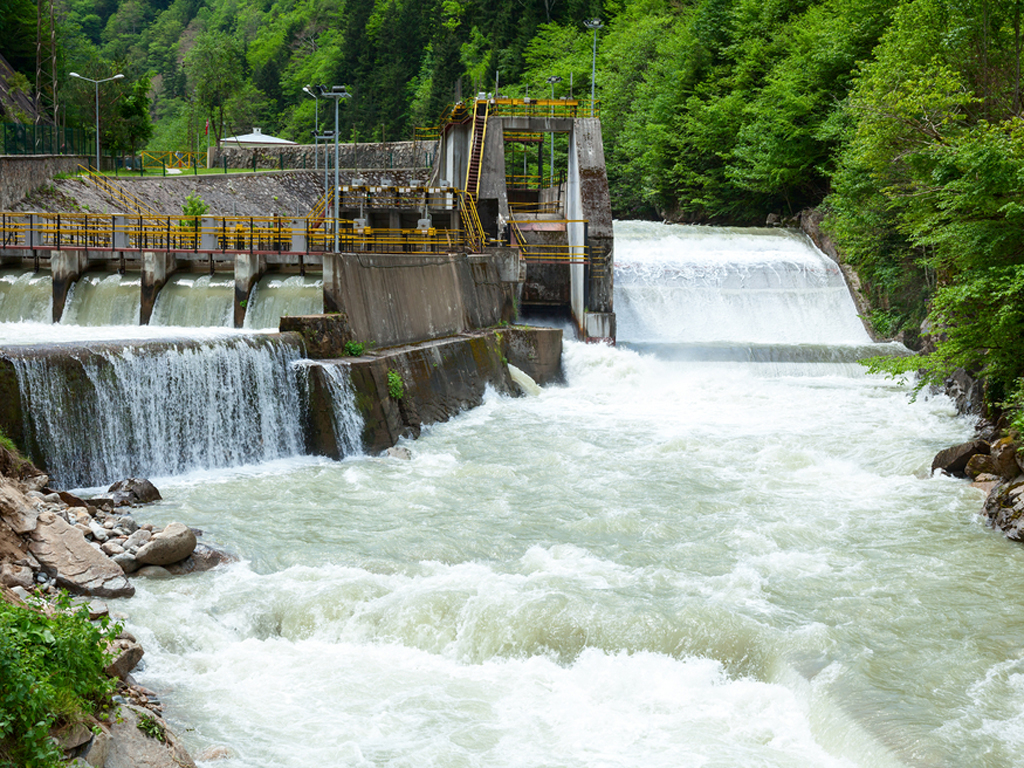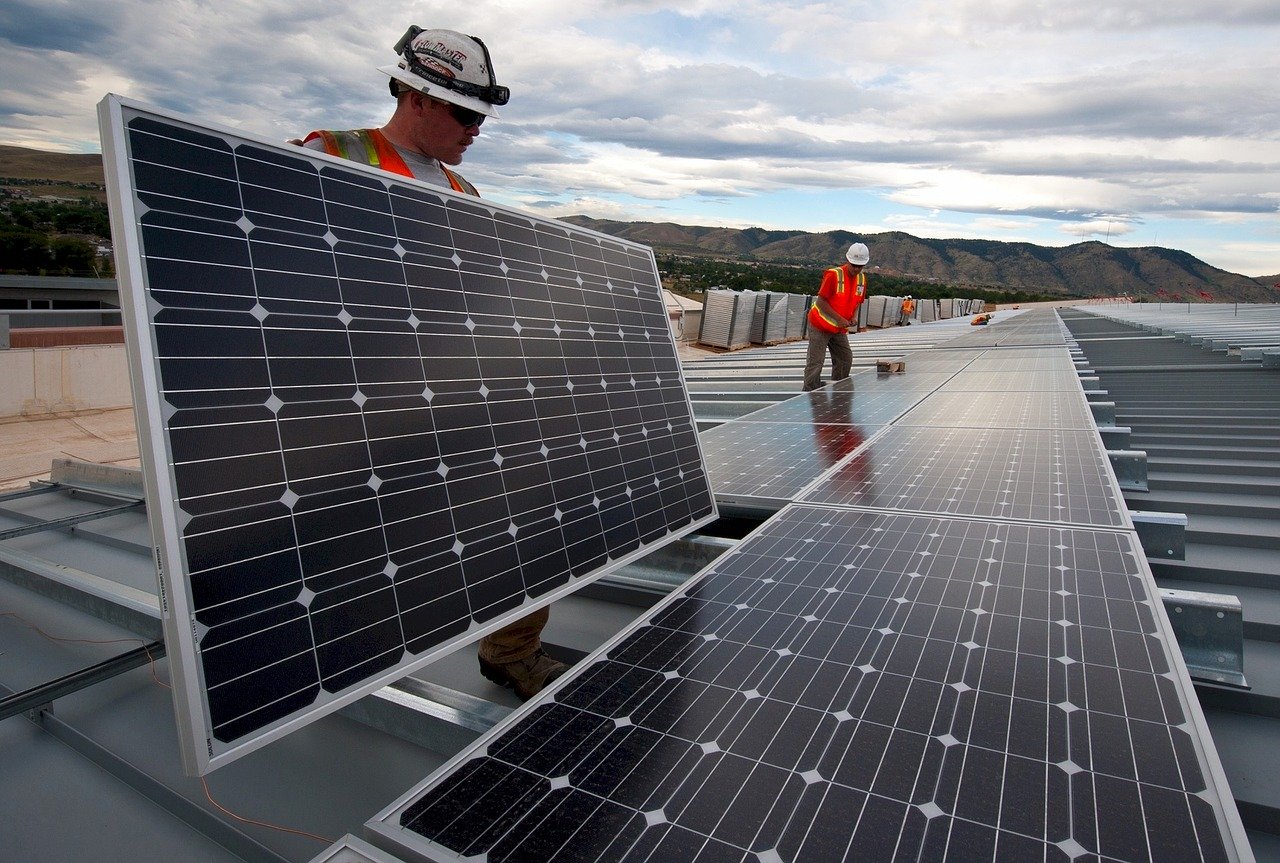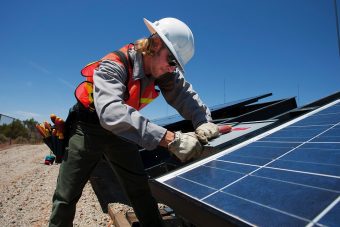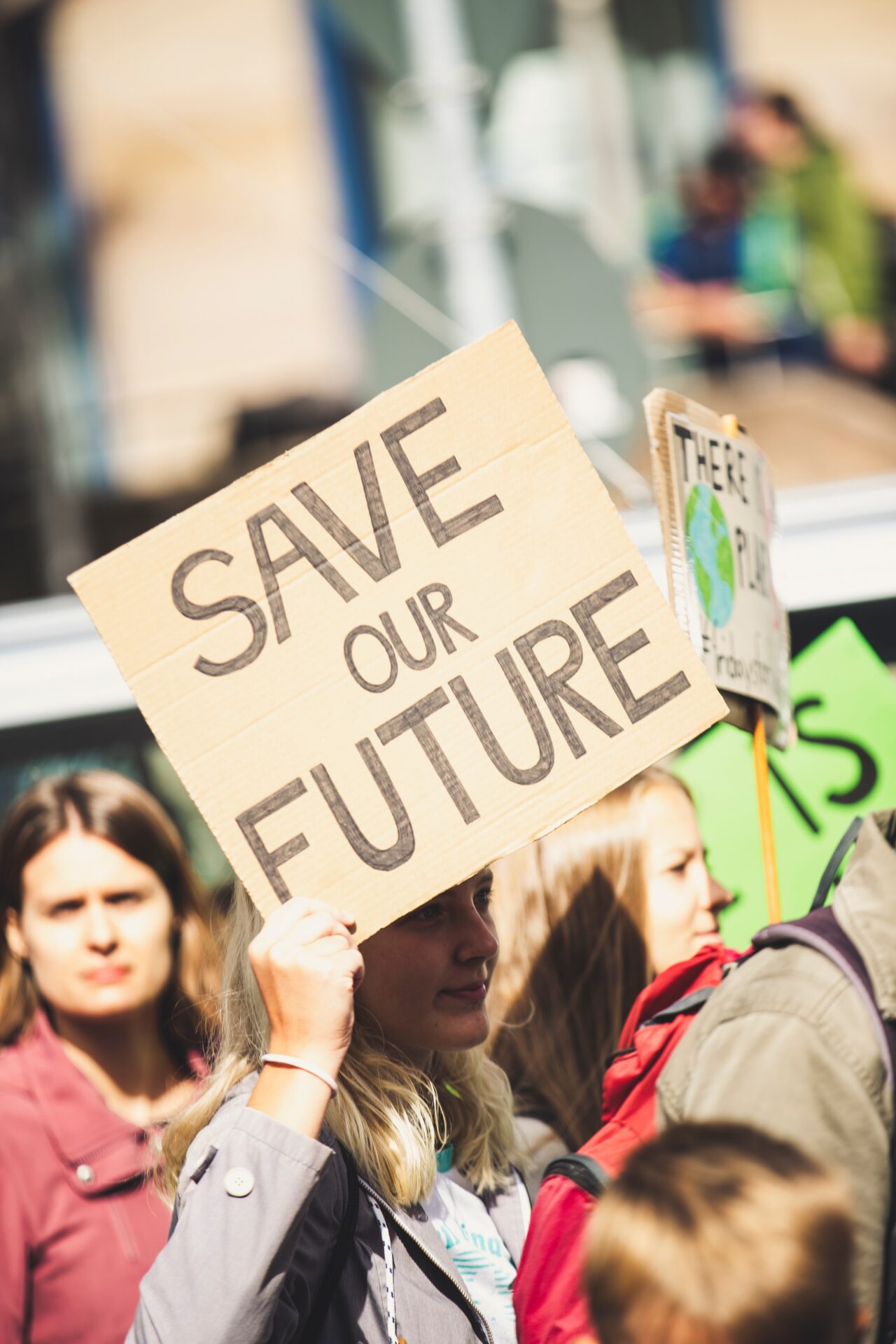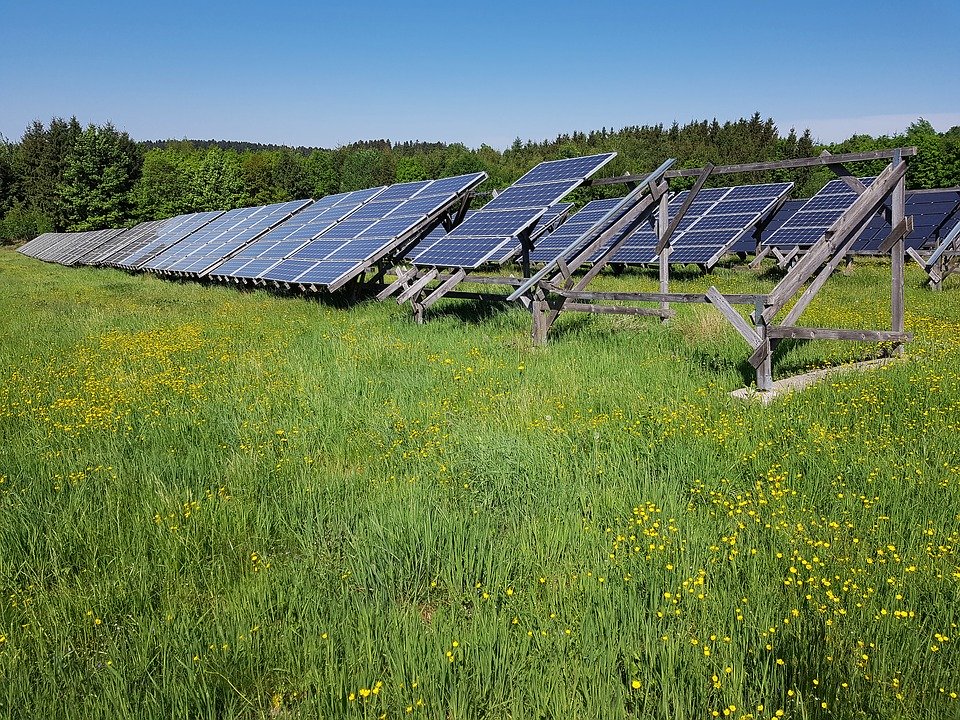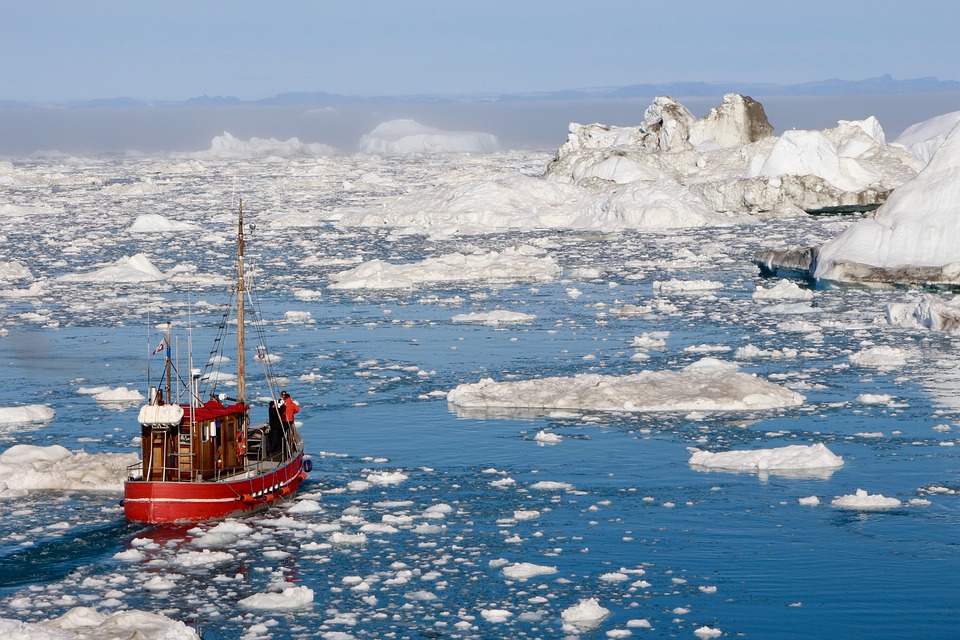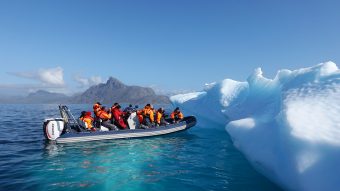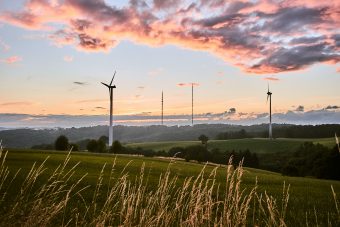
IRENA’s third Innovation Week has officially started. Opened by IRENA’s Director-General Francesco La Camera and global energy leaders in a high-level event today, more than 1800 policy makers, innovators, developers and investors from 146 countries across IRENA’s diverse global membership will virtually gather from 5-8 October and discuss how innovative solutions can advance the use of renewables and cut CO2 emissions in transport and industry.
Innovation is the backbone of the energy transition. Innovation unlocks the potential of renewables, not just in the power sector but also in industry and transport, thereby reducing CO2 emissions to limit global temperature rises to 1.5°C. Without major policy changes and the massive deployment of renewable solutions, only seven industry and transport sectors will account for 38 percent of all CO2 emissions and 43 percent of energy use globally in 2050, IRENA’s Reaching Zero with Renewables report shows. Renewables will be central, accelerated through the rapid falls in technology and power costs.
A new digital Innovation Toolbox, launched at the opening for the Innovation Week, builds on findings of the Agency’s flagship Innovation landscape for a renewable-powered future. It maps and categorises 30 innovations and on-the-ground example across four dimensions of the power sector. Renewable energy innovations in emerging technologies, business models, market design and system operation can help accelerate an energy transition globally. The Toolbox outlines 11 solutions as examples of how to achieve system-wide synergies.
More:
Innovative solutions will take center-stage at all eight sessions of IRENA’s Innovation Week. Supported by the Agency’s knowledge and drawing on the expertise of a diverse range of speakers from business and industry, panel discussions will range from smart electrification and green hydrogen to the growing of a global bio-economy. Dedicated sessions will showcase innovative renewable solutions for an accelerated industry and transport transformation alike. For the first time and as special edition of IRENA’s Youth Talk series, youth representatives will meet industry leaders to talk entrepreneurship and innovation.
Source: Irena




